What is the calorific value of cng Answers
The calorific value is the measurement of heat or energy produced, and is measured either as gross calorific value or net calorific value. The difference being the latent heat of condensation of ...
 WhatsApp)
WhatsApp)
The calorific value is the measurement of heat or energy produced, and is measured either as gross calorific value or net calorific value. The difference being the latent heat of condensation of ...
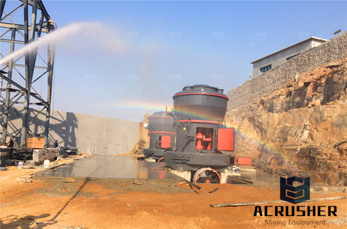
Oct 11, 2019· Some other fuels with a high calorific value include methane and gasoline. Charts which give the calorific values of well known fuels are readily available, for people who are interested in topics like the calorific value of coal or the calorific value of natural gas.

Oct 29, 2015· Now, the lower and higher heating value of hydrocarbon fuels (such as methane) exists because in the LOWER heating value, you are subtracting away the latent heat of vaporization of water. However, in the combustion of carbon, no water is produced. Why then, are there reported values for LHV and HHV ...

52 rows· Energy content or calorific value is the same as the heat of combustion, and can be .

Dec 30, 2018· Let us look at calorific value of some well known fuels. Lignite has a calorific value of 5000 kcal per kg. Bituminous coal has a calorific value of 7600 kcal per kg. Anthracite coal has a calorific value of 8500 kcal per kg. Heavy oil has a calorific value of 11,000 kcal per kg. Diesel oil has a calorific value of 11,000 kcal per kg.

Standard grades coal and heating values. Related Topics . Combustion Boiler house topics fuels like oil, gas, coal, wood chimneys, safety valves, tanks combustion efficiency; Related Documents . Anthracite Coal Anthracite coal grades; Classification of Coal Classification of coal based on volatile matter and cooking power of clean material ...

SGS global teams of chemists and experts use a range of coal analytical calculations and indexes to arrive at the calorific values, total hydrogen, Coke Reactivity Index (CRI) and Coke Strength after Reaction (CSR) of your coal sample.

Jun 03, 2017· What is meant by the calorific value of a fuel? Fuels are substances that can normally burn readily in air or oxygen to produce large quantity of heat. Examples of some common fuels are petroleum, natural gas and coal. These are called fossil fuels. Different types of fuels have different heats of combustion. Heat [.]

Oct 08, 2019· The country remains the only supplier with significant volumes of highcalorific value coals that can be brought to market, which should provide a competitive advantage as Asian countries have begun to shift toward using higher CV coal. Despite its abundant reserves, Australia''s coal industry faces several hurdles.

Sep 30, 2016· Find Gross Calorific Value Latest News, Videos Pictures on Gross Calorific Value and see latest updates, news, information from Explore more on Gross Calorific Value.

The Proximate Analysis of any coal the % content of Moisture, Ash (A), Volatile Matter (VM), Fixed Carbon (FC)– also Sulphur (S)and Calorific Value (CV)– can be expressed on any of the above bases. Coal Conversion Facts

Coal Basics What is coal? Coal is a solid fossil hydrocarbon that represents the storage of solar energy from the past in the form of preserved plant material. The plants during the preservation process have been broken down into organic matter that comprises moisture, ash, volatile matter (gases and liquids given off on heating) and fixed carbon.

Dec 17, 2018· The stored energy potential within coal is described as the "calorific value," "heating value," or "heat content." It''s measured in British thermal units (Btu) or millijoules per kilogram (MJ/kg). A Btu is the amount of heat that will warm approximately gallons—a pound of water—by 1 degree Frenheit at sea level.
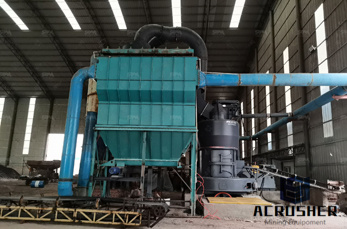
Calorific value of selected fuels. The calorific value of wood on the background of other wood fuels, presents quite interesting, wood is not much weaker fuel than coal. Of course, no longer and in any way it can compete with coal, which has the calorific value half as higher.

In power generation the calorific value of fuel is prime factor. Use of fuels having high heat of combustion gives best output in terms of cost of electricity or energy generated. When we generate electricity in steam power plant we have to burn fuel like coal, .
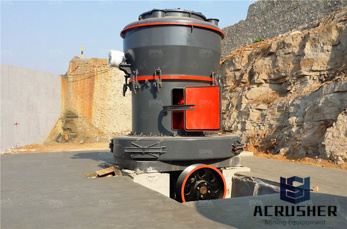
Calorific Value of Coal can be determined by employing an apparatus called the Bomb Calorimeter. However, this instrument is expensive. Alernatively, you can send the sample to an INDEPENDENT ...
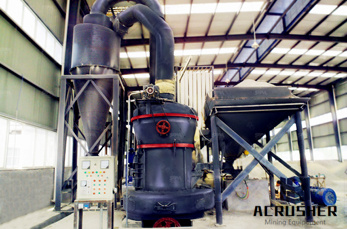
CALORIFIC VALUE The heating value or calorific value of a substance, usually a fuel or food, is the amount of heat released during the combustion of a specified amount of it. The calorific value is a characteristic for each substance. It is measured in units of energy per unit of the substance, usually mass, such as: kcal/kg, kJ/kg, J/mol, Btu/m³.
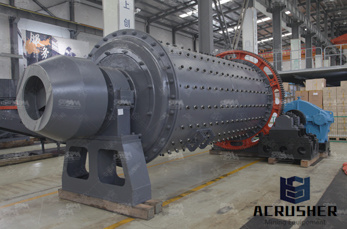
Calorific value chart. Higher heating value or gross calorific value measures the total amount of heat/energy that would be produced by combustion of a briquette fuel. However, part of this heat is locked up as latent heat of vaporization of any water in the fuel during combustion.

ADVERTISEMENTS: The following article will guide you about how to measure calorific value of food. The body requires energy for its internal and external work. This is provided by the oxidation of food carbohydrates, fats, and proteins. The foodstuffs contain varying amounts of carbohydrates, fats, and proteins and therefore, the energy obtained from different [.]

Dec 10, 2013· A lower calorific value generally means a lower price, with the price falling faster than the energy value. But supply and demand also affect the discount. The pricereporting agency Argus, for example, lists five different price indexes just for Indonesian coal, one each for kilocalorie counts of 6500, 5800, 5000, 4200 and 3400 per kilogram.

The calorific value Q of coal [kJ/kg] is the heat liberated by its complete combustion with oxygen. Q is a complex function of the elemental composition of the coal. Q can be determined experimentally using calorimeters. Dulong suggests the following approximate formula for Q .

The heating value (or energy value or calorific value) of a substance, usually a fuel or food (see food energy), is the amount of heat released during the combustion of a specified amount of it. The calorific value is the total energy released as heat when a substance undergoes complete combustion with oxygen under standard conditions.

Feb 11, 2018· The heat produced by combustion of unit quantity of a coal when burned at constant volume under specified conditions, with the resulting water condensed to a liquid.

Coal is the primary fuel for producing Electricity. Some of the characteristics of coal have profound influence on the day to day working and economics of the power plant. This article discusses Calorific Value and Moisture. Calorific value is the most important parameter that determines the economics of the power plant operation. It indicates the amount of heat that is released when the coal ...
 WhatsApp)
WhatsApp)